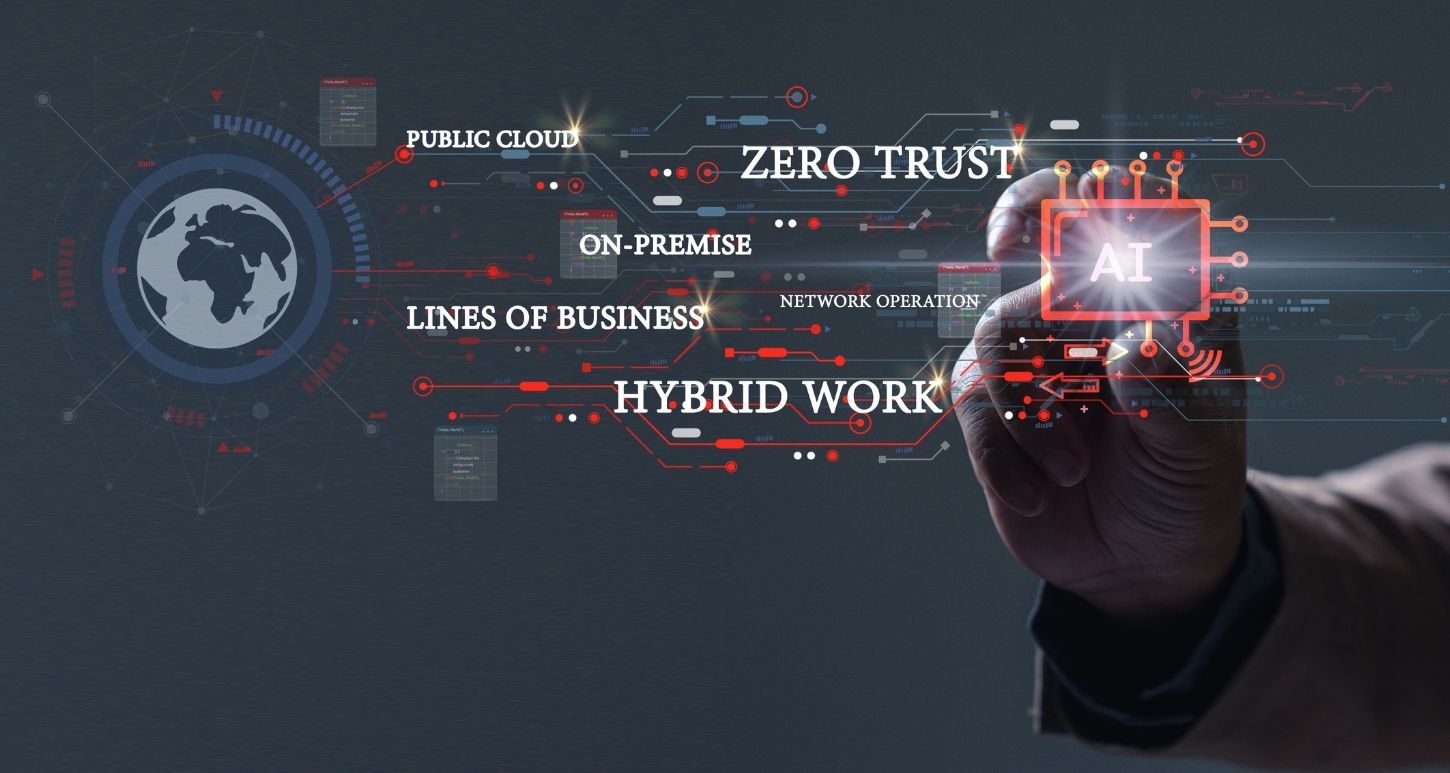In his 1887 painting, The Four Horsemen of the Apocalypse, Russian artist Viktor Vasnetsov depicted the personification of characters described in Revelations, the last book of The Bible─Death, Famine, War and Conquest. Grim, I know. But roughly forty (40) years later, the term “Four Horsemen” was softened after noted sportswriter Grantland Rice used it to menacingly label the University of Notre Dame backfield, led by storied coach Knute Rockne. And now, a hundred and thirty-two (132) years later, I propose it describe the four (4) key characteristics required to fully enjoy a hyperconverged infrastructure (HCI)—Workloads, Storage, Manageability and Economics.
If you’re not using HCI, or plan to, it’s probably time to learn more about it
A 2018 study on HCI found that approximately 25% of companies were currently using hyperconvergence, and another 23% planned on moving to it by the end of that year. While that tally hasn’t been tabulated yet, there’s no question that those percentages are only going to rise. There are simply too many benefits HCI provides for that statement to be anything but true.
In addition to the many benefits HCI delivers—software-defined storage (SDS), an easier way to launch new cloud services, modernization of application development and deployment, and far more flexibility for data centers and infrastructures—it is currently providing customers, according to the study, an average of 25% in OPEX savings. That’s big.
But don’t get too far ahead of yourself. Before you can count on enjoying those benefits, the Four Horsemen of HCI need to be addressed.
1. Workloads
Prior to heading down the HCI road, you must understand the breadth and depth of your organization’s required workloads. HCI solutions have improved significantly; no longer do they simply target VDI (Virtual Desktop Infrastructure) workloads, which had fairly predictable demands. As HCI capabilities have been enhanced, enterprises have expanded their use of it. It’s evolved into a Field of Dreams-esque “If you build it, they will come” proposition. Enterprises now use it to include ERP (Enterprise Resource Planning), databases, and a variety of enterprise software and workloads running in a virtualized environment.
And all workloads aren’t created equal. Some are better for HCI than others. Latency, storage, replication, VMs and IOPS (Input/Output per second) need to be understood and evaluated.
Starting with Workloads is key; without fully understanding those deployed at your organization, the other three (3) horsemen will find themselves hamstrung.
2. Storage
Once workload evaluation is complete, it’s time to understand the storage requirements for each. It can be argued that HCI evolved as a means to deploy software-defined storage. Consideration must be given to deduplication, compression, and data protection in runtimes and space efficiencies.
In addition, it’s important to understand some of the challenges inherent with different storage options, whether HDDs or SSDs, which utilize flash memory. And in the case of SSDs, there will be the need to drill down deeper into its flavors, such as NVMe (Non-Volatile Memory Express) and SATA (Serial Advance Technology Attachment).
3. Manageability, Operations
Organizations looking to justify the deployment of an HCI solution will be faced with two key factors—cost reductions due to no longer having to purchase—or purchasing fewer—legacy storage solutions, and HCI’s ease of management. But without the ability to fully evaluate how current management products can, or should, integrate with those from an HCI solution, additional costs can result from trying to tackle this issue after the solution has been deployed.
4. Economics
When evaluating HCI, often organizations don’t take into account the full spectrum of economics related to it. HCI economics extend well beyond hardware costs, including savings in power, space and labor. And remember, an HCI solution can provide software licensing savings, as well.
Questions about HCI?
If you’re wondering how your organization can benefit from HCI, call on the expert solutions architects and engineers at GDT. For years they’ve been helping customers of all sizes, and from a wide array of industries, realize their digital transformation goals by designing and deploying innovative, cutting-edge solutions that shape their organizations and help them realize positive business outcomes. Contact them at SolutionsArchitects@gdt.com or at Engineering@gdt.com. They’d love to hear from you.




